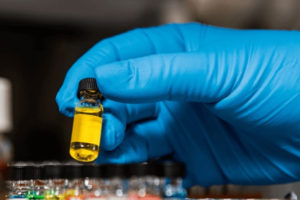In vivo oncology models allow screening of test compounds for anticancer activity against tumors induced by cancerous cell lines that are derived from either human or mouse tissues. Tumors are grown as subcutaneous, orthotopic, or metastatic tumors in mice and rats in vivo. Depending on the type of cancer cells/tissues, the animal model can be a) cell-line derived xenografts (commercially available human cell lines injected in mice), b) patient-derived xenografts (tumor fragments from human patients injected in mice), or c) syngeneic (commercially available mouse/ rat cancer cells injected in mouse or rat).
Specialized cancer models such as a humanized mouse, adoptive T-cell transfer/PBMC engrafted, and 3D-spheroid plug models enable enhanced predictivity of the clinical effect of immunotherapeutic agents, spontaneous models (APCmin/+) and thereby allow preclinical animal studies to identify the potent immuno-modulatory compounds to maximize their clinical success.
Category:
- 3D-spheroid plug model
- Adoptive T-cell transfer/PBMC engrafted models
- Cell-line derived xenograft (CDX) models
- Humanized mouse platform
- IVIS bio-imaging
- Patient-derived xenografts (PDX) models
- Syngeneic models
For the list of validated animal models, download the PDF










